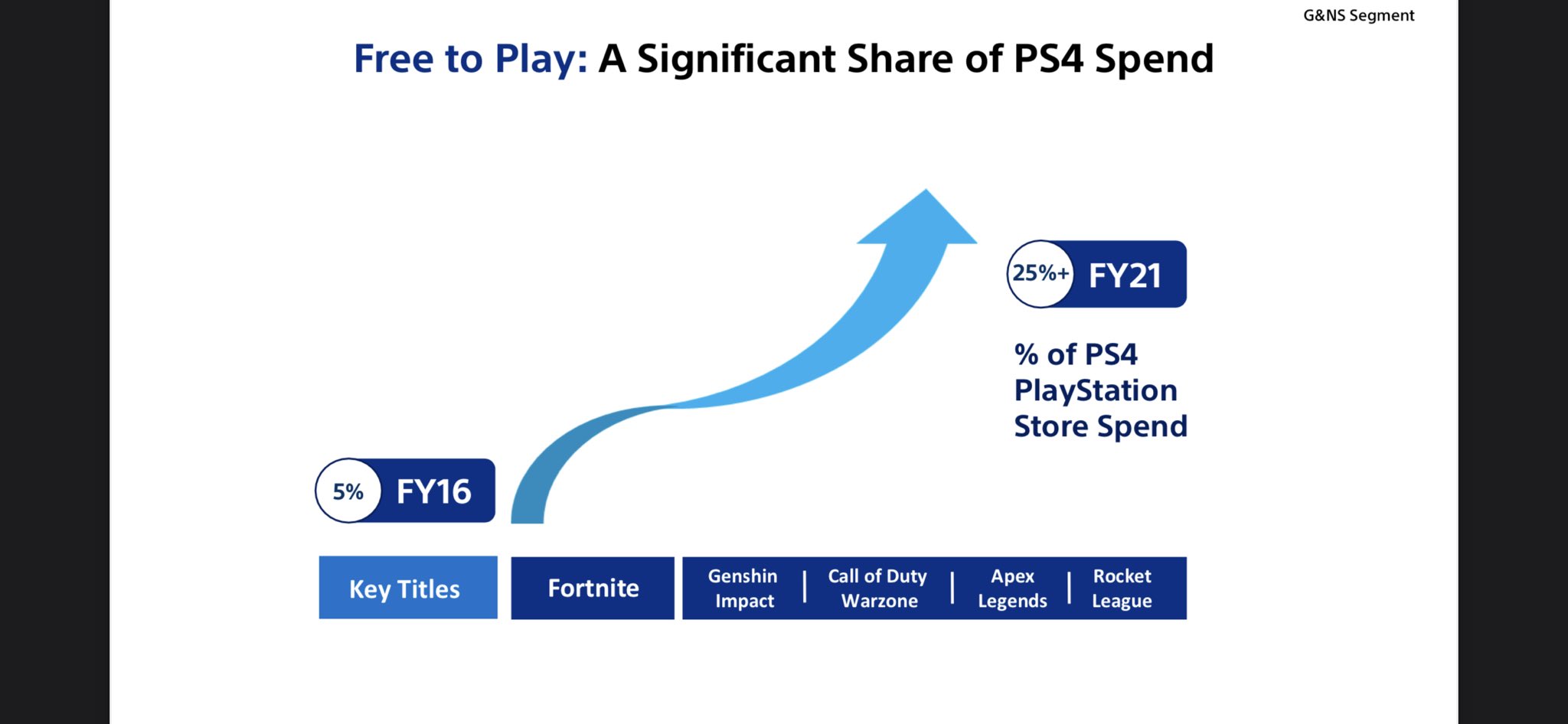- ARPDAUPosted 13 years ago
- What’s an impressive conversion rate? And other stats updatesPosted 13 years ago
- Your quick guide to metricsPosted 13 years ago
Sony shows it doesn’t yet understand the smartphone threat
In an interview with Gamasutra, Sony Worldwide Studios president Shuhei Yoshida says that working with small games and indies will be vital to the success of Vita.
“We’ve seen lots of small games sold digitally through the app stores of each device, and that’s something we thought is a great addition to the whole offering of video games to the consumers… It’s true that many casual people already own smartphones, and spending a dollar for a game is a very easy thing to do… We do it for the love of it, almost,” he says. “It’s not like small games sell $100 million revenues.”
These statements show how little Sony understand of the free-to-play revolution and why the PlayStation Vitawill struggle against smartphones and tablets.
The first big mistake is in thinking that because a game is cheap, it is small or shallow. Plants versus Zombies (£0.69) is a game that has provided me with hours of fun. As has Temple Run (free). As has Tiny Tower (free). As has Undercroft (free). A cheap game doesn’t have to be a rubbish game.
The second mistake is thinking that spending a dollar is easy. You know what is easy? Downloading something that is free. As you add a price – any price – it becomes a much bigger deal. Dan Ariely makes the point superbly in Predictably Irrational, showing how the difference between being offered something for free or something for a single cent changes our perception dramatically.
The third mistake is in imagining that “small” games can’t make meaningful revenues. Maybe $100 million is a stretch, but I estimate that at least 9 games made $30 million on iOS in 2011. Maybe some of them got to $100 million, but even if they didn’t, they got 1/3 of the way there.
The fourth mistake is the big one. Sony is treating a digital platform like a physical one. It believes that it is selling “products” where every consumer buys the same product for the same price (or in a sale). The measure of success is sales volume.
In fact, smartphone games don’t thrive on volume. They thrive on understanding what their customers want, and offering them ways to pay for it. They offer their customers a range of things to spend, and, on average, those who choose to buy something spend $14 per transaction. In fact, 51% of revenue comes from people who spend over $20and 30% of revenue comes from people spending $50 or more.
That is the problem that Sony and other AAA publishers are struggling with. Consumers are spending more on a single IAP transaction in a “small” game than they are prepared to spend on Call on Duty. That does not compute.
The Vita’s problem is not that it doesn’t have small games on it. It is that it has no mechanism for those small games to make money at anywhere near the scale that they could on iOS or Android.
As long as Sony thinks that the only way to make meaningful money for a handheld game is to spend a lot on development and charge a fixed price for an upfront purchase, it will continue to be bemused by the rapid growth of handheld gaming at the expense of handheld gaming.















